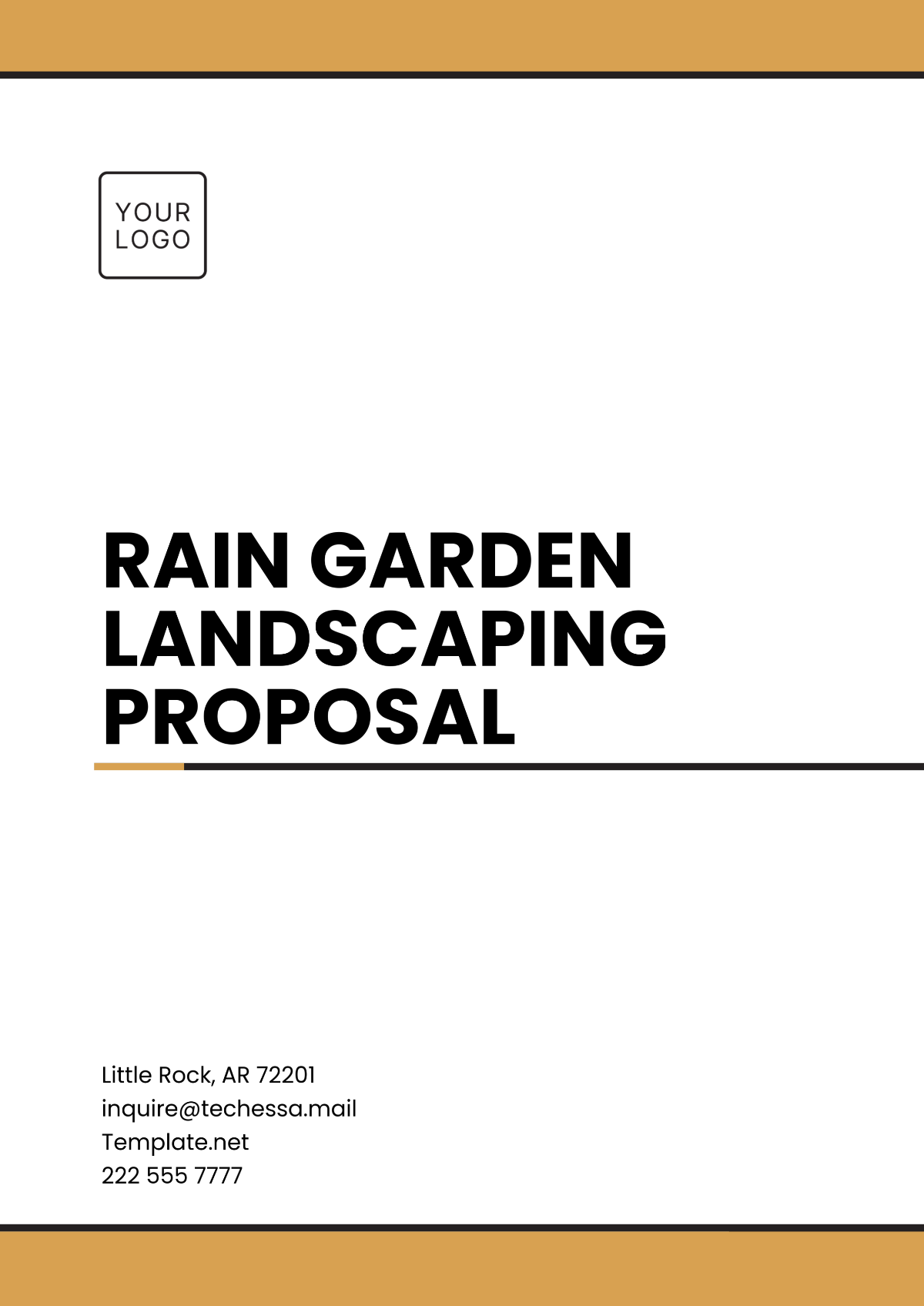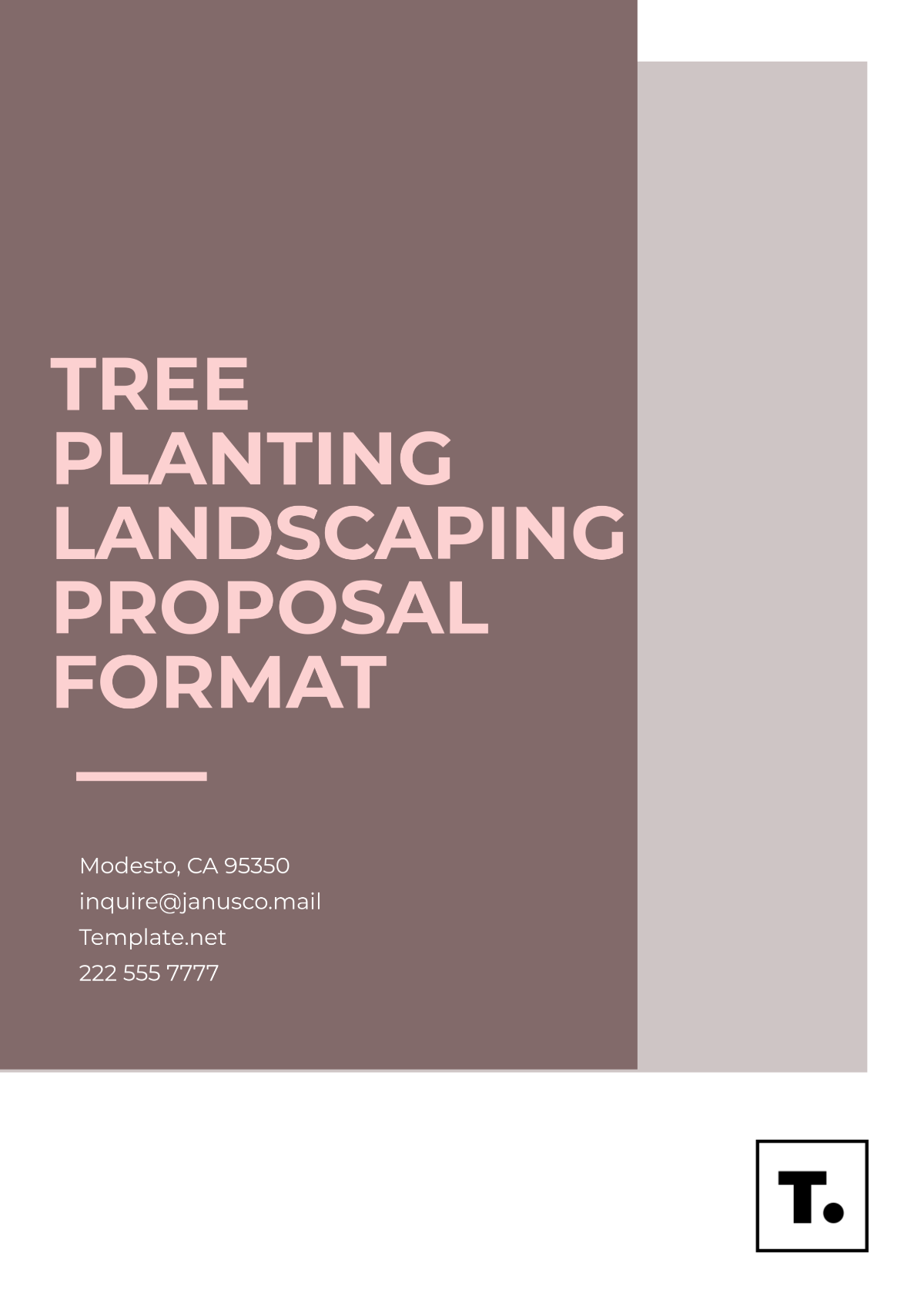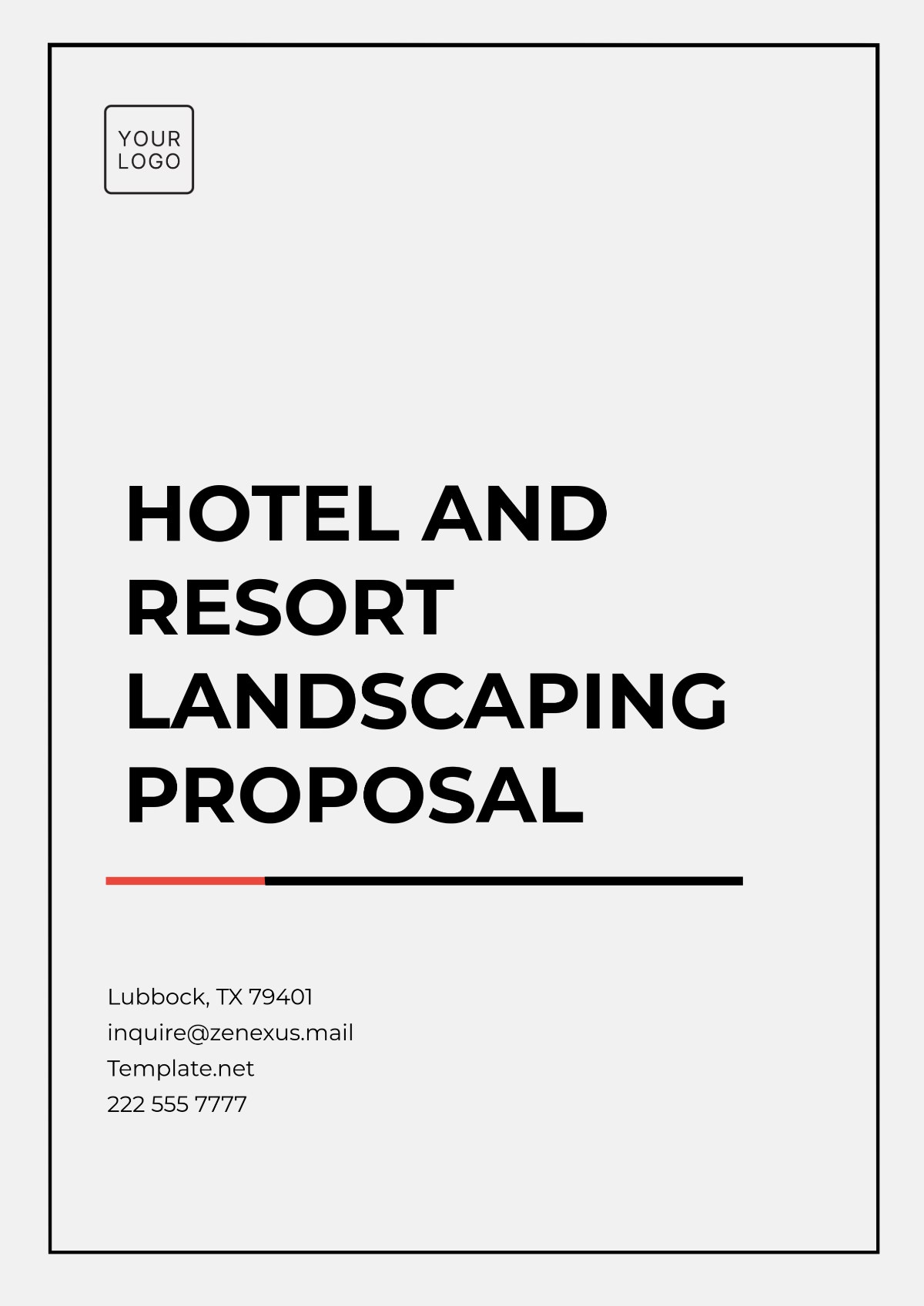Free Garden Layout Proposal
Elevate your landscaping business with the Garden Layout Proposal Template from Template.net. Designed to impress, this customizable and editable template lets you showcase detailed garden layouts, plant selections, and design features. You can tailor each proposal to your client’s needs and preferences. With the ability to edit it in our Ai Editor Tool, creating personalized proposals has never been easier.





























